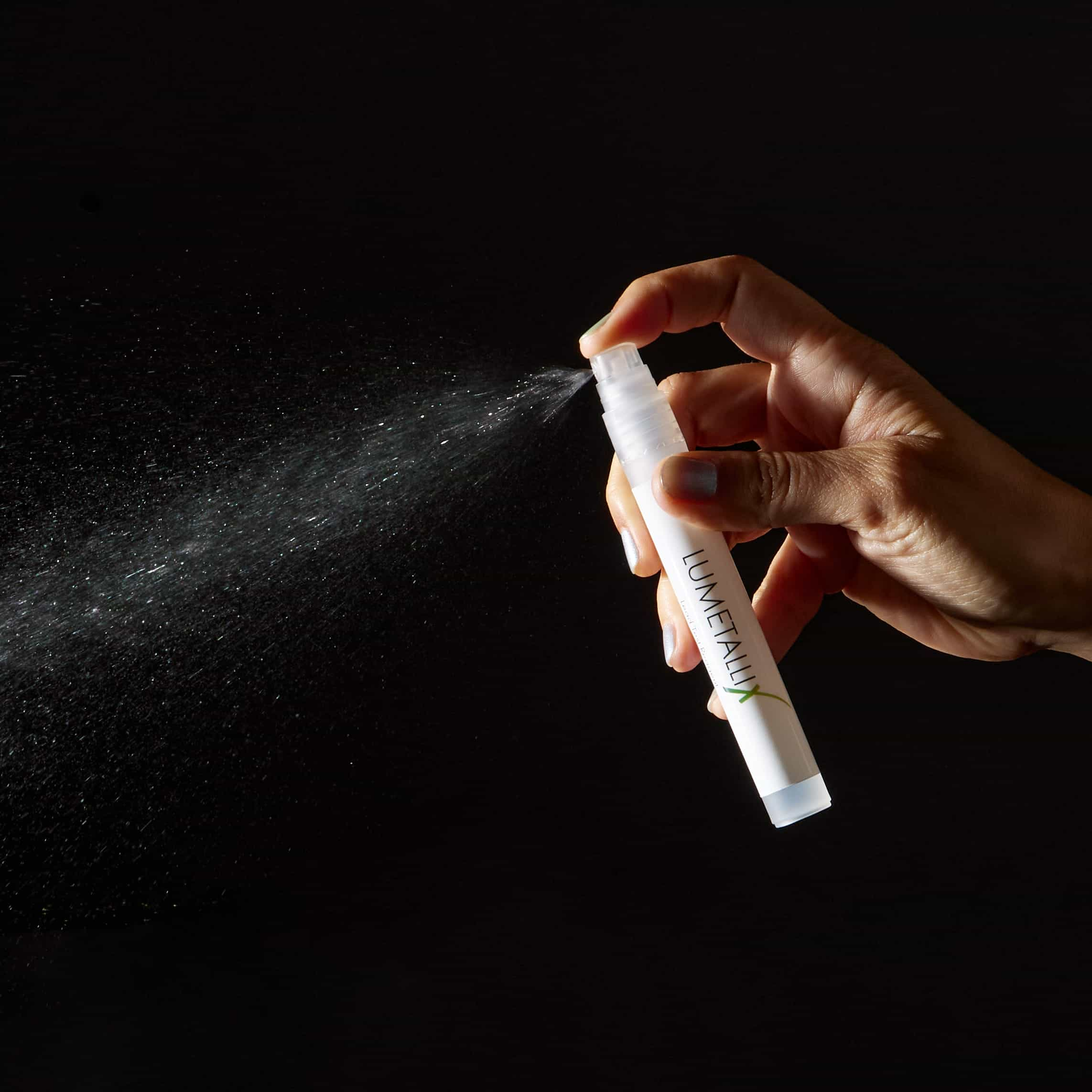Lead exposure is a worldwide health risk despite substantial declines in blood lead levels following the leaded gasoline phase-out. For the first time, to our knowledge, we aimed to estimate the global burden and cost of intelligence quotient (IQ) loss and cardiovascular disease mortality from lead exposure.
Lead exposure, once thought to be on the decline, continues to pose a significant global health risk. Despite strides in reducing lead levels in the wake of the phasing out of leaded gasoline, new research reveals a sobering truth. A recent study, conducted for the first time on a global scale, estimates the burden and economic cost of lead exposure, specifically focusing on intelligence quotient (IQ) loss in children and cardiovascular disease mortality in adults. The findings are alarming.
Lead exposure remains a substantial public health concern worldwide. Even with progress in reducing blood lead levels, there are lingering threats to human health. This comprehensive study aims to quantify the worldwide impact of lead exposure on intelligence and cardiovascular health, shedding light on the hidden consequences of this silent toxin.
Blood lead level estimates
This groundbreaking modeling study utilized blood lead level estimates from the Global Burden of Diseases, Injuries, and Risk Factors Study (GBD) 2019. Researchers assessed IQ loss in children under 5 years old and calculated the associated economic costs. Cardiovascular disease mortality in adults over 25 years old due to lead exposure was also determined. All estimates were categorized by World Bank income classification and region, focusing on low and middle-income countries in 2019.
Findings: The results are startling. In 2019, it is estimated that children under 5 years old worldwide lost a staggering 765 million IQ points due to lead exposure. Furthermore, lead exposure led to the premature deaths of 5,545,000 adults from cardiovascular disease. Of these losses, 90.2% occurred in low and middle-income countries. The economic toll is equally concerning, with the global cost of lead exposure totaling $6.0 trillion in 2019, equivalent to 6.9% of the world’s GDP.
These findings underscore the immense health and economic repercussions of global lead exposure, rivaling those of PM2.5 air pollution. While progress has been made, there is an urgent need to improve the quality of blood lead level data, particularly in low and middle-income countries. The study serves as a stark reminder that lead exposure continues to exact a significant toll on global health and economies.
Funding: The research was supported by the Korea Green Growth Trust Fund and the World Bank’s Pollution Management and Environmental Health Program.
Read the full article on thelancet.com




 Lumetallix B.V.
Lumetallix B.V.

